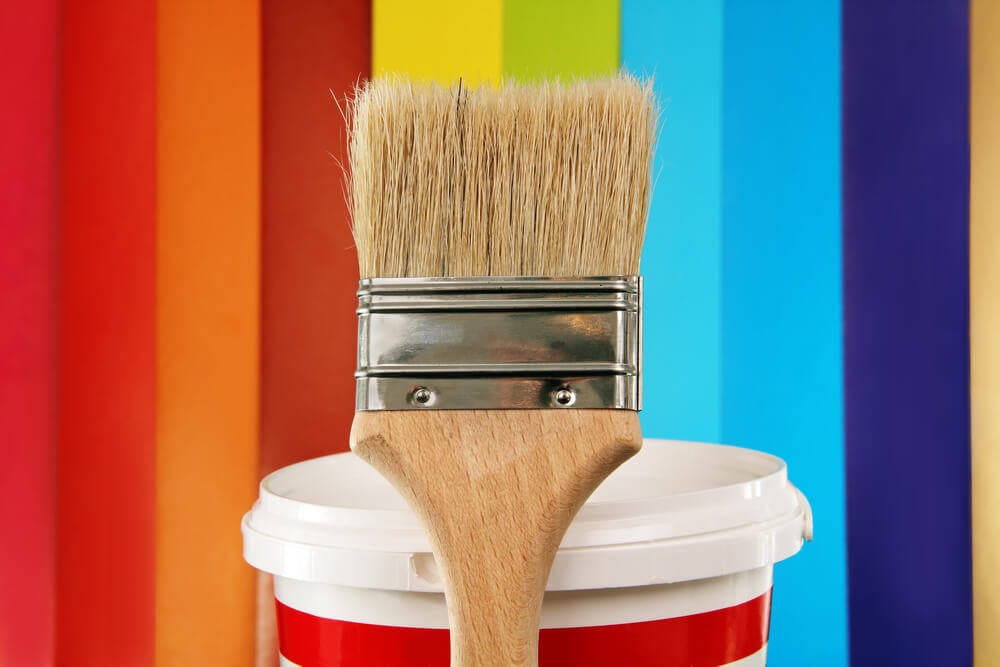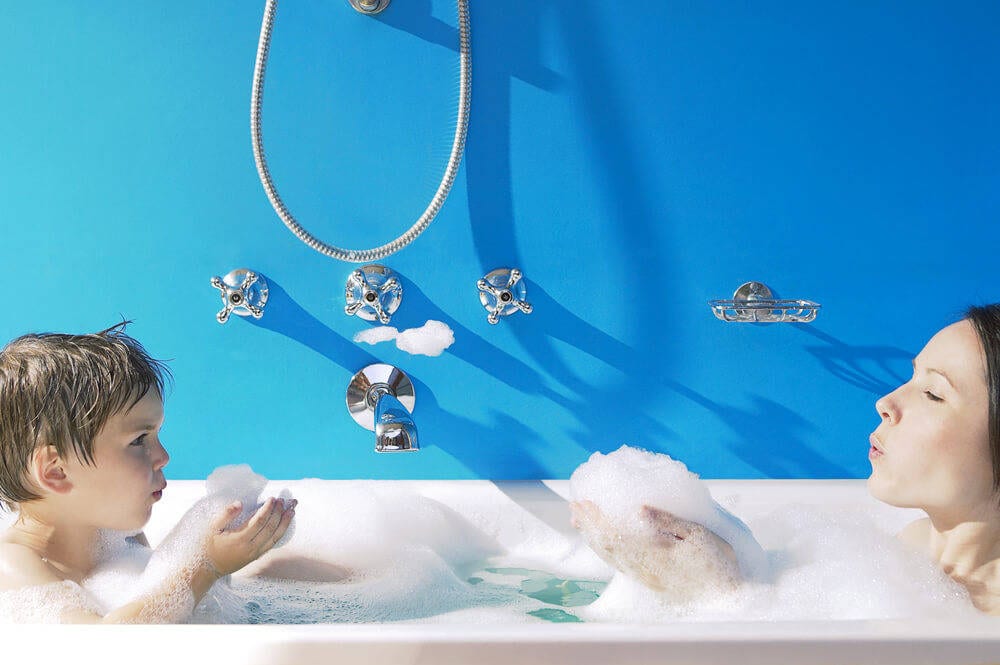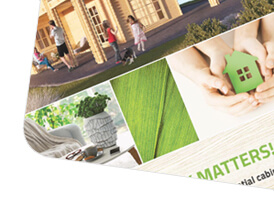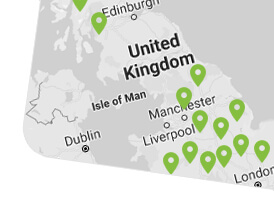Log cabin painting is one of the most important things to consider when constructing or renovating your log home. Paint and natural wood finishes instantly spruce up the aesthetics of your residential cabin. Wooden structures have that sense of timelessness and a classic painting touch can go a long way. On top of improving the log home’s aesthetics, paints also play a crucial role in protecting the wall surfaces. Nowadays, paints have features and properties that maximize its function and last for a longer period of time. (Choose one of the log cabins)

About Log Cabin Painting and More
There are several paint types to choose from when revamping your log cabin. The general categories of paint include flat, gloss, semi-gloss, and eggshell. As well as the paint, there are other essentials in the log cabin painting project, including the application of primer or first coat. However, it depends on the type of surface that is to be painted. Consult with a paint manufacturer before you apply paint on your log home walls, roofs, and other areas. There are also basic paint formulas that boost the performance of a specific paint in a particular situation.
What are base coats and do you need them?
The right base coats are necessary in order to achieve a decorative classic finish and to ensure that the paint lasts for a longer period of time. An ideal option for interior painting is the combination of primer and first coat.
* Primer
If your log cabin walls are uncoated and new, the first thing you need to do is apply a primer in order to protect the log cabin materials beneath. It also serves as an effective base for further coats on top of the primer. There are water-based and oil-based primers to choose from, depending on your preference and the log cabin materials. For exterior woodwork, most traditional painters apply an oil-based primer first before the oil-based paint.

* First Coat
The decorative finish coat is more enhanced if you apply the first coat prior to its application. This is a specially blended and formulated paint that is designed to build up the opacity of surface beneath the finish coats. The rule of the thumb says that a pale first coat must be applied beneath the pale finish coats while darker shades are for darker finishes. Oil-based first coats are also more long-lasting when exposed to the damaging elements compared to their water-based counterparts. Water-based first coats, however, are ideal to achieve an even coverage of the surface.
What are finish coats?
Finish or decorative coats are applied after the base coats on new and unpainted surfaces. If the area has been previously painted, washing down the paint and rinsing the surface thoroughly is essential before the finish coat is applied.
Here are the different types of finish coats for your log cabin:
Eggshell
There is a slight sheen in this type of decorative coat; however, the degree of sheen may vary from one manufacturer to another. Eggshell coats are quite popular and commonly used on log cabin interior timber surfaces, which are a good alternative to semi-glass finishes. Exterior surfaces may also be painted with eggshell coating especially with hardwearing finishes.

Flat
This decorative coat is versatile and latex-based and is a commonly used option for log cabin ceilings and walls. There are several other subcategories under the flat finish coat heading including matt, dead-flat matt, silk, and water-based eggshell. Some manufacturers make formulations for the flat coat with a combination of vinyl in order to make it hardwearing. Painting the siding materials is the best use for flat coating finish as it protects the material from moisture build-up.
Gloss and Stain
Most wooden and metal surfaces look best with a hardwearing gloss finishing paint. A log cabin painting project can also become successful with a satin coating as an alternative to gloss; however, this option is less shiny but is increasingly popular. Satin is also a popular choice for interior woodwork for log homes.
What are specialty paints?
If you want to go the extra mile for your log cabin painting project, you can also check out the specialty paints. As the name implies, these high-quality paints are specially designed for a particular domestic situation or area, making them perform better and last longer. The secret to a top quality specialty paint is to blend them with the appropriate primer. They must also be applied on the surface of the log cabin that they are designed and formulated for.

Check out the specialty paints for specific log home areas:
Floor Paint
This paint type is ideally used for floorboards and concrete and is typically solvent based. Floor paints are designed to be very hardwearing in order to take on the damages and effects of heavy foot traffic. New concrete floors could also use some floor paints but they must be left completely cured before you apply the floor paint. Sheen and gloss finishes are likewise available in this category.
Kitchen or Bathroom Paints
This specialty paint belongs to the flat finishing coat group and is highly impressive because of its ability to resist moisture and fungal growth. Specialty paints made for the kitchen and bathroom have more advanced formulation to withstand and fight moisture build-up and accumulation since these log cabin areas are susceptible to water damage and moisture problems.

Metal Paint
Your log cabin may have metal construction materials and hardware and could use some specialty metal paints. These textured, smooth, hammered, and high gloss paints are ideal for internal and external use with a formulation that makes it applicable straight over rust. Cleaning brushes after using with metal paints require thinner instead of a mineral spirit for effective results.
Log cabin painting is a lucrative and worthwhile project. Paint rejuvenates and enhances your log home, making it look newer, brighter, and more appealing than ever before. Before embarking on a painting project, get to know the different types of paint to work with. You can also hire a painting specialist to get results without lifting a finger.












